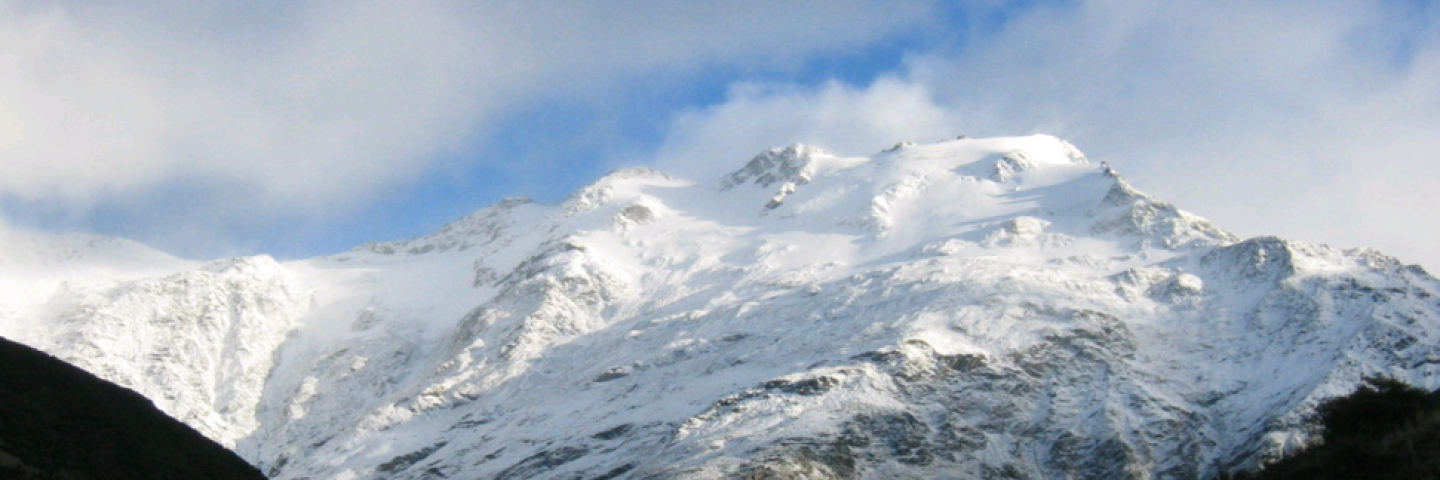
The National Water and Climate Center (NWCC) provides technical leadership, maintains unified databases and telemetry systems, and forecasts snowmelt driven water supply in support of the west-wide Snow Survey and Water Supply Forecasting Program (SSWSF).
NWCC Programs & Services
Contact US SSWSF Program NWCC Apps Interactive Map Water Supply Forecasting Data and Reports Product Guide
National Water and Climate Center Overview
Serving as the central hub for data collection, telemetry, and forecasting, the National Water and Climate Center (NWCC) in Portland, Oregon, plays a vital role in supporting the Snow Survey and Water Supply Forecasting (SSWSF) Program. NWCC oversees the transmission of data from more than 900 SNOwpack TELemetry (SNOTEL) and other automated networks to a unified database known as the Water and Climate Information System (WCIS). This system is managed by NWCC to support state-level NRCS snow programs across 12 western states.
Hydrologists at the NWCC utilize this extensive dataset to generate seasonal streamflow forecasts at 586 locations, providing farmers and water managers with important information for effective water resource planning and management during spring and summer runoff. In addition, NWCC develops and maintains a comprehensive data delivery system, offering raw data alongside reports, maps, graphs, charts, and other analytical tools.
The NWCC also co-administers the Soil Climate Analysis Network (SCAN) pilot project with the National Soil Survey Center, a network that consists of over 200 stations that monitors and reports soil moisture, soil temperature, and other meteorological conditions to support farm-scale decision making.


